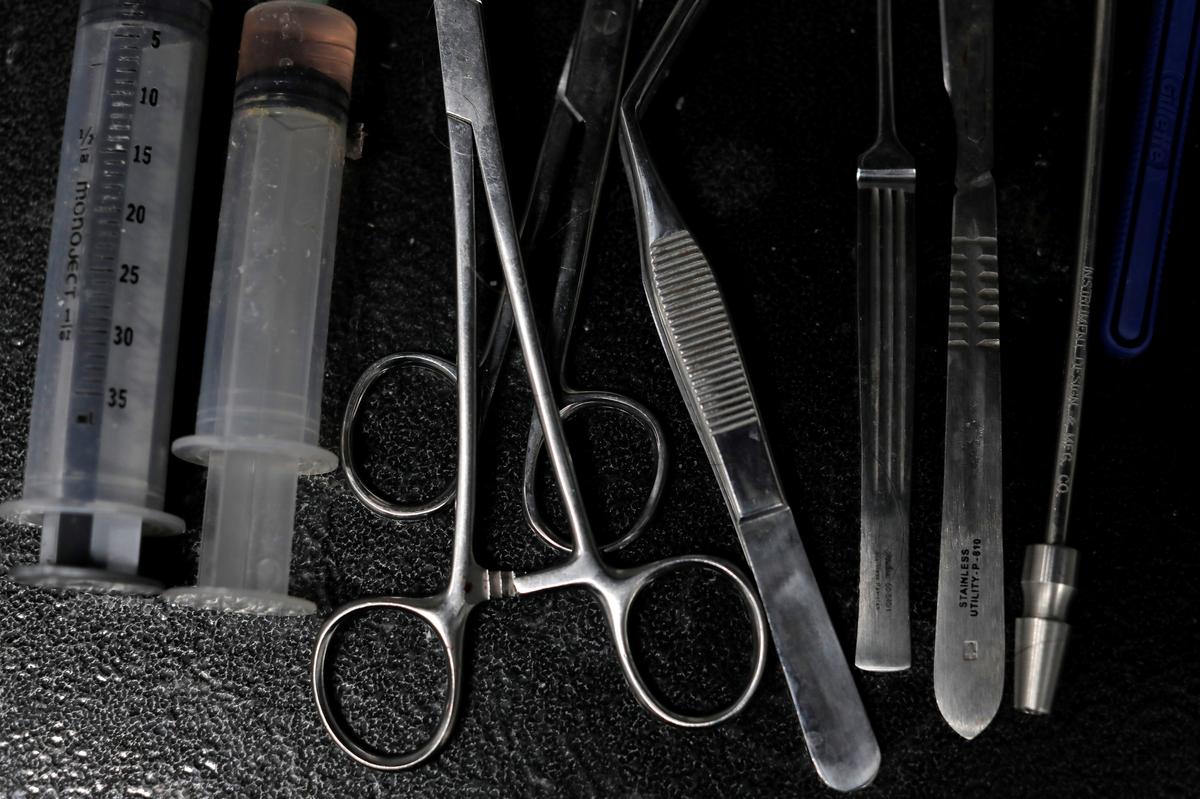NEW YORK (Reuters) – There are 48 bodies in the basement of the funeral home in Harlem. Forty are in cardboard boxes, ready for cremation. The other eight are in the refrigerator, to be embalmed and buried. It will be weeks or months before they get either.
Alisha Narvaez, 36, the manager and Nicole Warring, 33, a Resident Funeral Director at International Funeral & Cremation Services, a funeral home in Harlem, carry a deceased person into the basement area, where bodies are stored and prepared for funeral services, during the coronavirus disease (COVID-19) outbreak, in Manhattan, New York City, New York, U.S., April 2, 2020. REUTERS/Andrew Kelly
As health officials began burying COVID-19 victims in a mass grave on Hart Island during New York’s worst week of death, the four female undertakers at the International Funeral & Cremation Service started turning bodies away.
This band of women morticians in heeled boots began to feel like they were failing. The way they see it, a person should get what they want in death, even if that was never possible in life.
“That’s our thing,” says Lily Sage Weinrieb. “You want six limos and you want them painted pink? Yes. Now, we’re like: you want a cremation? I’m sorry, no. You want a burial and you already have a plot and everything? Sorry, no. We don’t have any room.”
“We’re being told that we’re heroes for being on the front lines of this but I feel like I’m failing families every day.”
On the front lines of the coronavirus pandemic, nurses and doctors are caring for the living. But there is another front line of those caring for the dead. They fear they can also get infected and die. Some of them have sent their own children to live with relatives. And because American cities like New York were never designed to dispose of so many dead, their call of duty will last much longer.
SINGLE MOMS AND DAUGHTERS
At the beginning of the pandemic, Alisha Narvaez, 36, sent her 17-year-old daughter to live with her twin sister, but after two weeks the distance was too much. “It’s always

